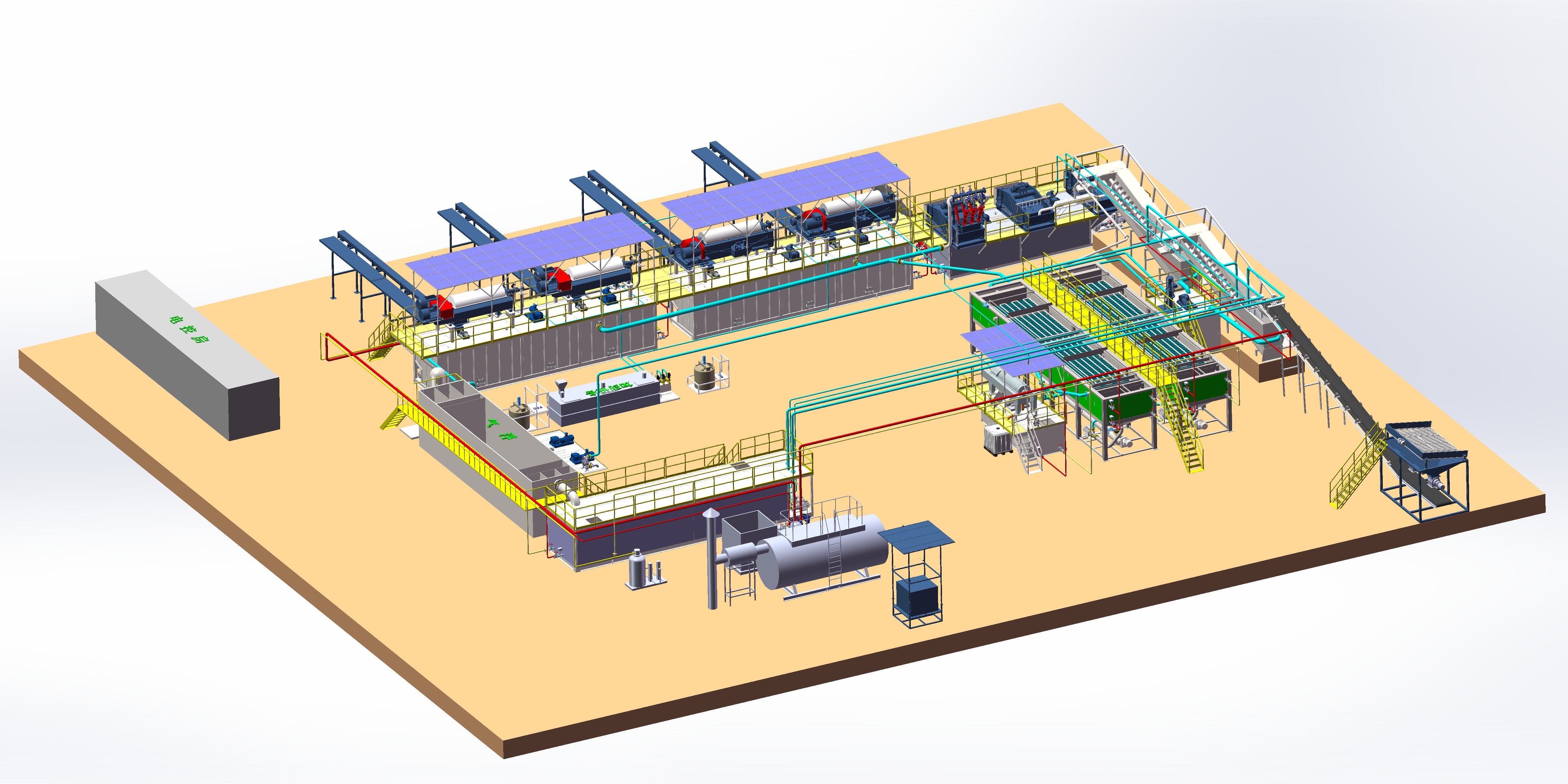Oil-based drill cuttings treatment refers to the comprehensive methods used to handle, process, and dispose of drill cuttings generated from the use of oil-based mud (OBM) in drilling operations. These cuttings, contaminated with hydrocarbons, pose significant environmental and regulatory challenges. If not treated properly, they can lead to soil and water contamination, legal penalties, and reputational damage.
Treatment of oil-based drill cuttings typically involves three main stages: separation, recovery, and disposal. Separation systems like vertical cuttings dryers or centrifuges remove as much oil as possible from the solid particles. These systems help reduce the oil content on cuttings (OOC) to acceptable levels, often below 5%, as required by environmental regulations.
The recovered oil can be reused in the mud system, saving cost and reducing the need for new oil. Further treatment can involve thermal desorption units (TDUs), which use high heat to vaporize and collect hydrocarbons from the remaining solids. The result is clean solids that may be safely disposed of or reused in construction or road base applications, and clean recovered oil for reuse.
Some companies may also explore biological treatment or chemical stabilization for final waste handling, depending on the local environmental policies and the volume of waste generated.
Proper treatment of oil-based drill cuttings offers multiple benefits:
Environmental compliance
Reduced operational costs
Reputation management
Improved sustainability
As governments and industry regulators tighten environmental standards, having an efficient and certified drill cuttings treatment process is no longer optional — it’s essential. Companies investing in high-quality treatment systems gain a competitive edge and demonstrate their commitment to environmental protection and operational efficiency.


